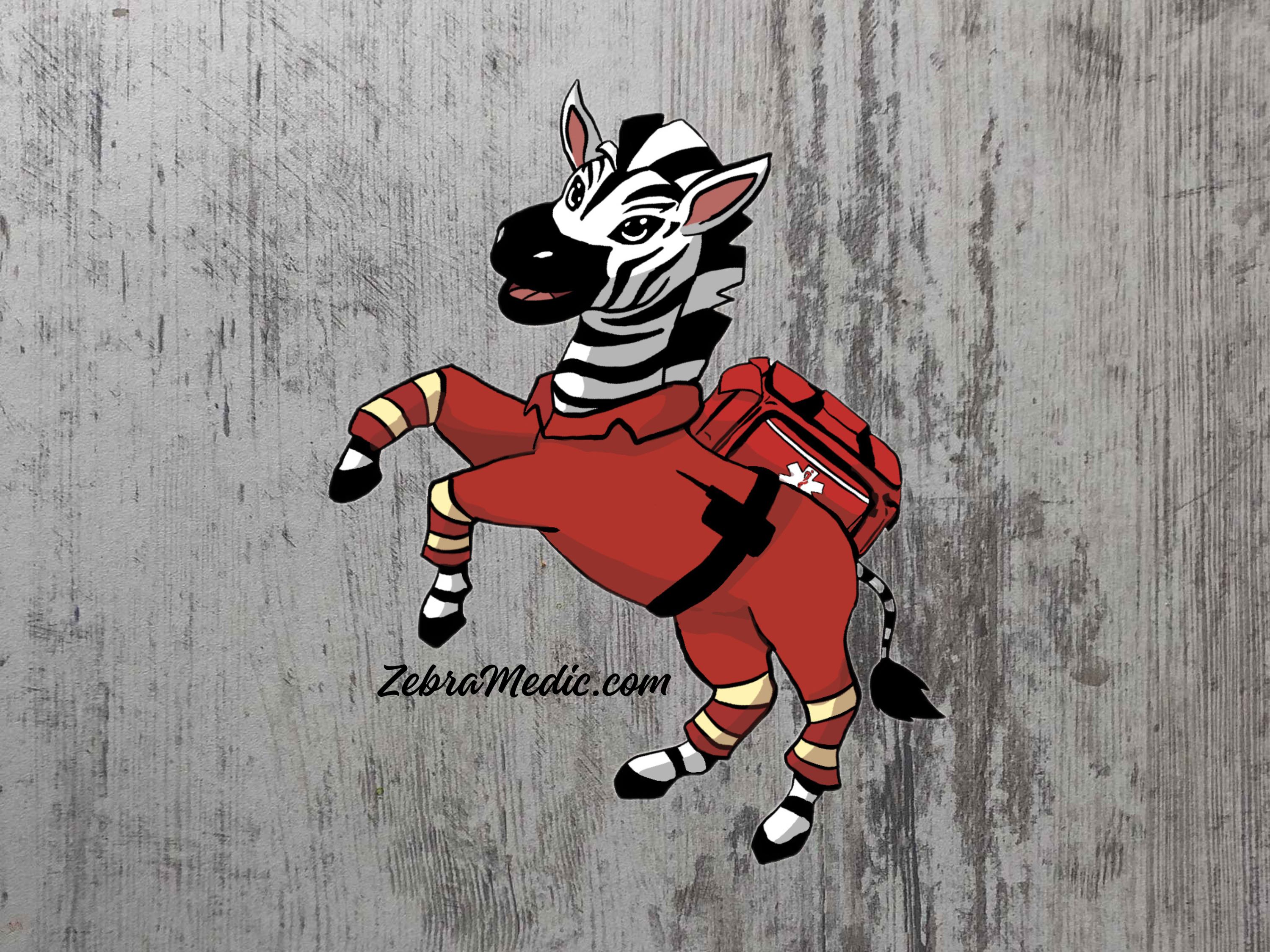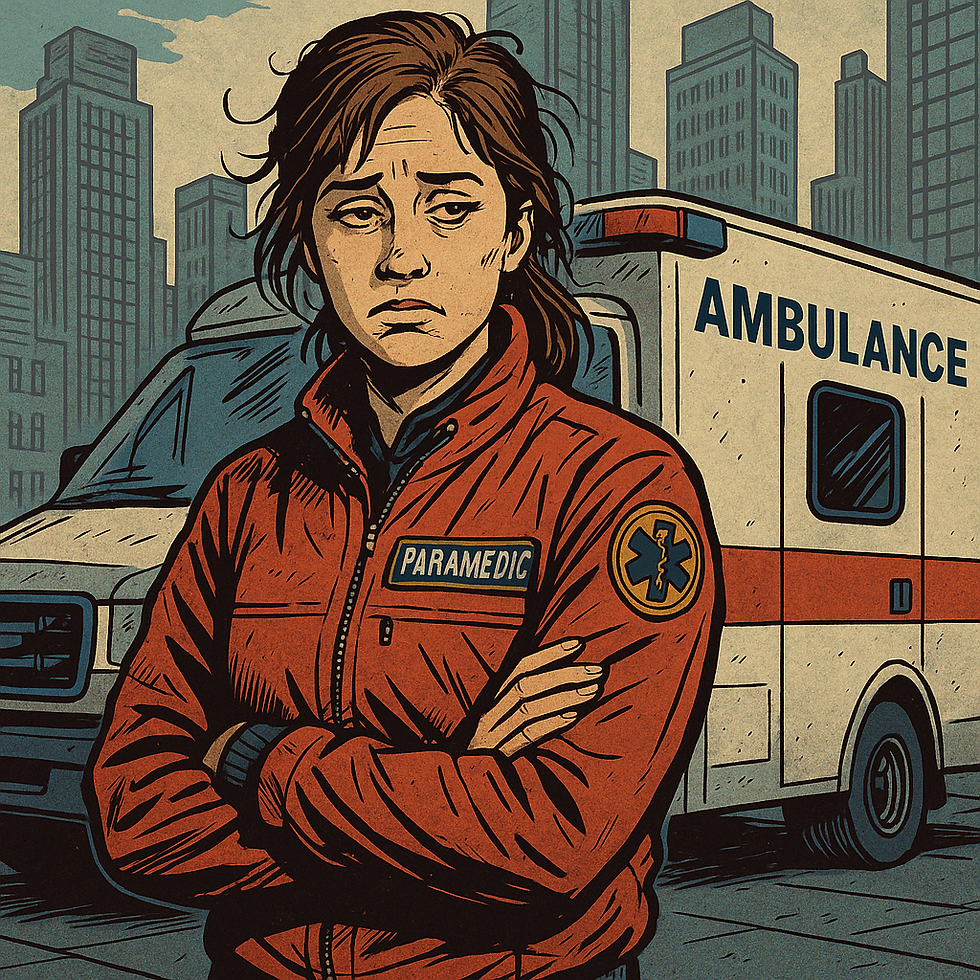Hidden Disabilities: The Body's Adaptive Mechanisms and the Experience of Public Scrutiny!
- Jessy

- Oct 23, 2023
- 3 min read
Did you know that while some disabilities are evident to onlookers, others remain concealed and are often described by those in the know as "hidden" or "invisible" disabilities? Those with such unseen disabilities frequently grapple with unique hurdles at work, in their communities, and during trips. The genuine experiences of a person with a disability can often elude the understanding or recognition of many.
Today, I had yet another reminder of being "different", but it wasn't the typical "you don't seem ill" remarks. We've all heard those before. Instead, it was highlighted to me that I tend to lean on or grasp furniture or walls for support, almost like using them as a "crutch", and that I ought to refrain from doing so. Initially, I wasn't even conscious of this habit. It made me introspect, retracing my steps from the past few days to recall how I positioned myself. I did wonder if it was a consequence of my POTS, but since it's mostly in check, I doubted that was the reason.
However, today's episode had me singled out in a room full of my peers by my speech professor. I had, without realizing, leaned on the podium, using it for support. It's worth noting that there was never any prior mention about not being allowed to lean on or hold the podium during a speech. Why have a podium in the first place? Was I truly the only one among the 19 students who sought support from the podium? Yet, I was the one singled out. The professor insinuated that I shouldn't rely on it as a "crutch." When I tried explaining the medical basis for it, I was abruptly interrupted.
In addition to previous encounters concerning my accommodations with this professor, I believe this incident represents another breach of federal legislation. Both Section 504 of the Rehabilitation Act of 1973 and Title II of the Americans with Disabilities Act of 1990 stand against the discrimination of students with disabilities. Specifically, Title II bans such discrimination by public entities, irrespective of their receipt of federal funding. This protection also extends to those who may not currently have a significant limitation in a major life activity but have a history of, or are perceived to have, a disability. Appropriate steps of reporting have been taken accordingly.
I now recognize that this tendency to lean or hold onto objects might be an instinctive mechanism my body has developed to counteract the instability in my ankles. The realization dawned on me that this could be my body's ingenious way to pre-empt any sudden loss of balance, especially since my ankles are prone to giving away at least a couple of times daily. It's fascinating how our bodies instinctively adapt to overcome vulnerabilities.
As for my ankles, their tale is rather intriguing. They tell a story best expressed through imagery, so let this be a visual narrative.

Usually, once the ATLF (anterior talofibular ligament) has been surgically mended and reattached, it doesn't rupture again. This MRI report comes just 12 months after my ankle reconstruction surgery. The procedure tightened the ATLF to help prevent my ankles from rolling. Additionally, the peroneus brevis tendon was combined with the peroneus longus, effectively merging two tendons into one. As the subsequent image illustrates, my ankles still have a significant propensity to roll. Remarkably, this photo was snapped today while I was standing, not seated!

The subsequent image illustrates the natural position of my ankles: lax and turned inward. When my ankles collapse and twist, it's impossible for the ATLF to rupture again since it's already torn in both ankles.

In spite of the structural challenges in my ankles, I can still walk, engage in exercise (although running is off the table), and even wear high heels, among other things. With my body's knack for compensation, I feel empowered to do most activities just as those without EDS can. This adaptability has been so seamless that I was oblivious to my unconscious habit of seeking support by leaning or holding onto objects. Part of me grapples with frustration, as this realization serves as another reminder of my invisible disability. Moving forward, I'll likely be more conscious of my stance and be continually reminded of the imperfections in my ankles.
In this college course, I continuously feel as though I'm navigating a minefield. The unpredictability of the professor's critiques or comments always has me on alert. It piles on stress and anxiety that I genuinely don't deserve. While colleges excel at providing accommodations, their oversight regarding professors' feedback and interpersonal skills leaves much to be desired.





Comments